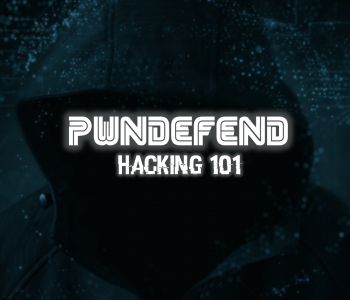
Suspected Zero Day – What to do if you…
What do you do if someone says, there might be a zero day being used against your make/model of internet facing device (such as a VPN server)?
There’s always a challenge subject to the level of intelligence available about the specific scenario, the device and the way they function and the telemetry/capabilities you have.
Read more “Suspected Zero Day – What to do if you have a device that may be in scope for exploitation?”






